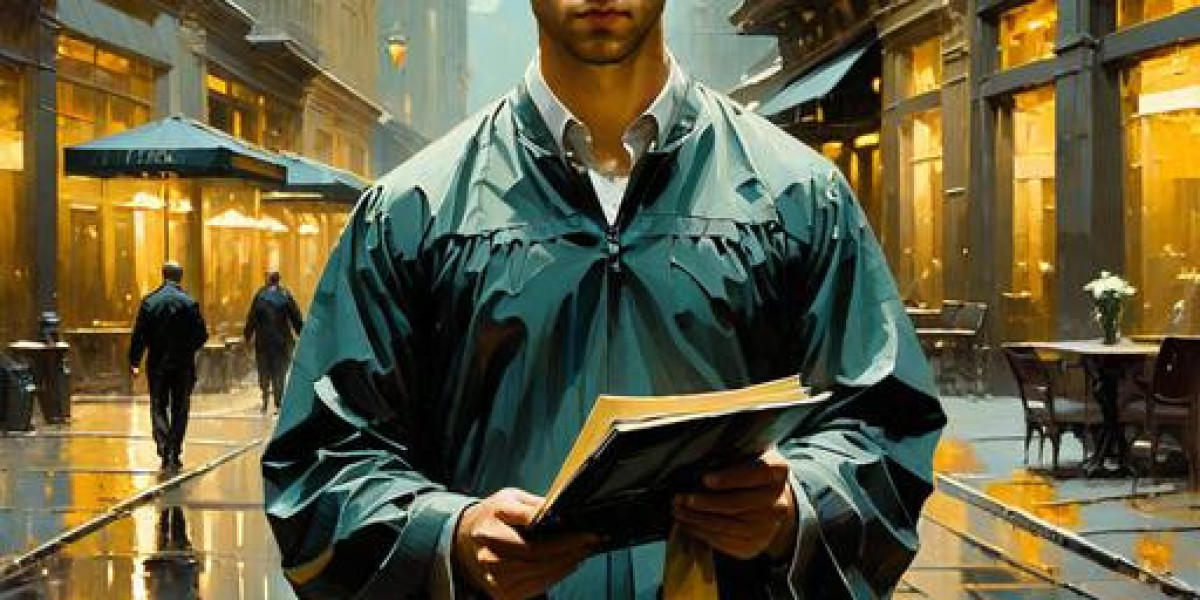The painting brush is one of the oldest and most essential tools in the world of art, with a rich history that spans thousands of years. Its development and evolution have played a crucial role in shaping how artists approach their work, from cave paintings to modern art. Understanding the historical significance of the painting brush allows us to appreciate how its design and function have evolved to meet the ever-changing needs of artists, giving rise to new techniques and styles.
Early Origins of the Painting Brush
The history of the painting brush dates back to ancient civilizations. Early forms of brushes were rudimentary, often made with natural materials such as animal hair, plant fibers, and twigs. These primitive brushes were used by early humans for cave paintings and other forms of early artistic expression. For example, prehistoric humans used rudimentary brushes to create images on the walls of caves, like those in Lascaux, France. These early tools were crafted from animal hairs or plant fibers tied to sticks or bones, and the paint itself was often made from natural pigments such as ochre, charcoal, and minerals.
The brush, in these early times, was a simple tool, but it played an essential role in allowing early humans to communicate visually. The use of brushes for cave art signifies a desire to explore forms of communication beyond the spoken word, marking the beginning of a deep connection between art and human expression. These brushes were crude, and their function was more utilitarian than artistic in the modern sense. Nevertheless, they laid the foundation for the advanced brushes we use today.
Ancient Civilizations and the Development of Brushes
As civilizations developed, so too did the tools artists used. In ancient Egypt, for instance, brushes were made from plant fibers such as papyrus, while in ancient China, fine brushes were created from animal hair. The ancient Egyptians used brushes for painting on papyrus, tombs, and temples, and these brushes were an integral part of their artistic tradition. Brushes in Egypt were typically constructed with fine reeds and were used to apply dyes to intricate designs on tombs and monuments.
In ancient China, during the Tang Dynasty (618–907 AD), brushes took on a more refined form. The Chinese revolutionized brush-making by using various types of animal hairs, such as wolf, goat, and weasel, combined with bamboo handles. These brushes were instrumental in the development of calligraphy, a revered art form in Chinese culture. The Chinese brush was designed to offer a wide range of flexibility, from fine, delicate strokes to bold, sweeping movements, allowing for intricate detail and expressive line work. This style of brushmaking became highly influential, with Chinese calligraphy and painting techniques spreading to neighboring countries like Japan and Korea. The brush thus became a symbol of East Asian culture and artistic tradition.
The Renaissance and the Painting Brush
During the Renaissance, which spanned the 14th to 17th centuries, the painting brush saw significant advancements in both design and functionality. Artists of this era, such as Leonardo da Vinci, Michelangelo, and Raphael, began to experiment with a wider range of brushes to create more detailed and expressive works of art. The Renaissance artists used brushes that were more finely crafted, with softer bristles that allowed them to create smoother textures and transitions of light and shadow.
The brush itself was no longer just a tool for applying paint, but a vital instrument for achieving the subtle nuances of Renaissance painting. These artists utilized different brushes to create various effects, such as blending, glazing, and underpainting. In the Renaissance, artists began to appreciate the brush’s role in defining the texture and quality of the paint they applied to their canvases. They made brushes of various sizes and shapes, experimenting with different types of animal hair, including sable, which was prized for its softness and precision.
By the 16th century, the painting brush had evolved into a sophisticated tool, suited to the complex techniques employed by master artists. The Renaissance also saw the development of oil painting, which required brushes with the ability to handle the thick consistency of oil paints. This change in medium required artists to adjust their brushes and adapt their techniques to achieve the desired effects.
The Industrial Revolution and Mass Production of Brushes
The Industrial Revolution in the 18th and 19th centuries brought about sweeping changes in all areas of society, and the art world was no exception. The mass production of painting brushes began during this period, as innovations in manufacturing allowed brushes to be produced more efficiently and in larger quantities. This made brushes more affordable and accessible to a broader range of artists.
Before the Industrial Revolution, brushes were handmade, often by artisans or specialist brushmakers. With the rise of industrialization, brushmaking became a more standardized process. Factories were able to produce brushes with consistent quality, allowing artists to focus more on their work rather than the intricacies of brushmaking. This democratization of art supplies made painting more accessible to aspiring artists, particularly in Europe and America, where the rise of museums and art schools created a demand for quality art supplies.
The creation of synthetic bristles in the late 19th century further revolutionized brushmaking. Materials such as nylon and polyester were introduced, providing artists with a wider range of options when selecting brushes. Synthetic bristles allowed for the creation of affordable, durable, and versatile brushes that could mimic the properties of natural hair. This shift also made brushes available to a wider market, helping to spread artistic expression beyond the elite circles of professional artists.
Brushes in the Modern Art Movement
The 20th century brought about significant changes in both art and the tools artists used. With the rise of Modernism, Abstract Expressionism, and other avant-garde movements, the function of the brush became more experimental and less focused on realism. Artists like Jackson Pollock and Willem de Kooning used brushes in innovative ways, often applying paint in bold, gestural strokes, splashes, and drips.
In modern art, the brush became not just a tool for creating detailed images but a vehicle for self-expression. The technique of "action painting," popularized by Pollock, saw artists using brushes (and other tools) to create dynamic, spontaneous works of art that emphasized the physical act of painting itself. The brush was no longer just a means to an end; it became an extension of the artist’s body, and the way the brush was used became an essential part of the artwork.
Today, the painting brush continues to play a crucial role in the world of fine art, even as new materials and techniques have emerged. Whether for oil painting, watercolor, acrylic, or mixed media, the painting brush is an irreplaceable tool in the artist's arsenal. In addition to traditional uses, artists also experiment with the brush in contemporary forms of digital art and animation, applying the techniques of traditional painting in virtual spaces.
Conclusion
The painting brush is much more than a simple tool for applying pigment to a surface. Its historical significance and evolution reflect the growth and transformation of human creativity. From its humble beginnings in prehistoric caves to its refined role in Renaissance masterpieces, the painting brush has been a constant companion to artists throughout history. As new materials and techniques continue to emerge, the painting brush remains a symbol of artistic exploration, adaptability, and expression.
In understanding the historical significance of the painting brush, we gain a deeper appreciation for the ways in which it has influenced the development of art throughout history. Whether used for the delicate strokes of Chinese calligraphy or the bold movements of modern abstract art, the painting brush remains a timeless symbol of artistic innovation and human creativity.








